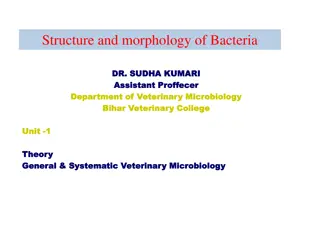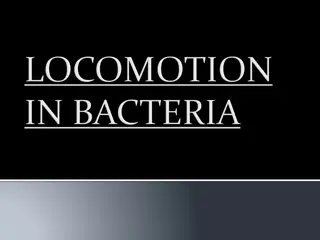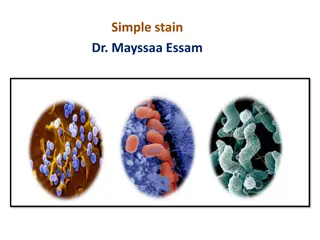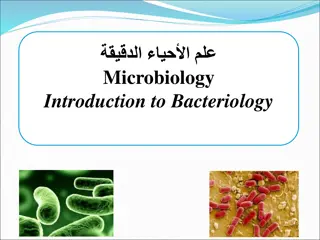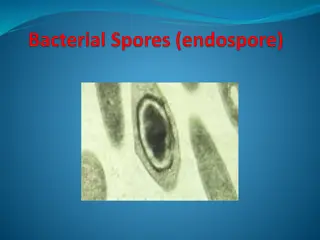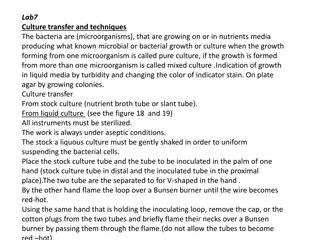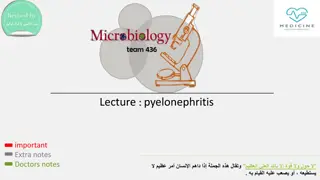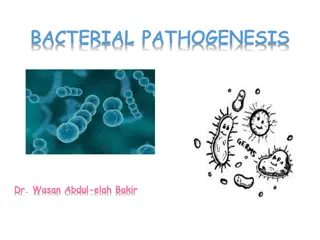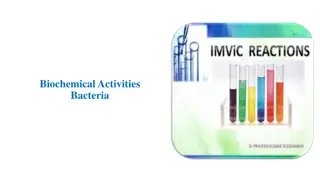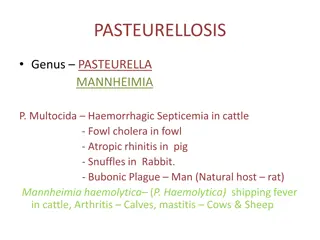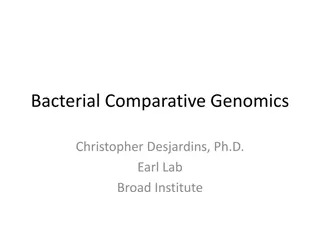Understanding Bacterial Flagella: Structure and Function
Bacterial flagella, known as flagellum, are hairlike appendages responsible for swimming motility. They are composed of three parts - the filament, basal body, and hook. The filament is a hollow cylinder made of flagellin protein subunits. The synthesis of flagella involves multiple genes. This article provides a detailed overview of the structure and function of bacterial flagella.
Download Presentation

Please find below an Image/Link to download the presentation.
The content on the website is provided AS IS for your information and personal use only. It may not be sold, licensed, or shared on other websites without obtaining consent from the author. Download presentation by click this link. If you encounter any issues during the download, it is possible that the publisher has removed the file from their server.
E N D
Presentation Transcript
Flagella Bacterial flagella (singular, Flagellum) are hairlike, helical appendages that protrude through the cell wall and are responsible for swimming motility. Much thinner than the flagella or cilia of eukaryotes, being 0.01 to0.02 m in diameter, and they are also much simpler in sturcture. Flagella location on the cell varies depending on the bacterial species and may be polar (at one or both ends of the bacterium) or lateral (along the sides of the bacterium). Flagellum grows at its tips rather than at the base. Flagellin monomers synthesized within the cell are belived to pass along the hollow centre of the flagellum and are added to the distal end of the filament.
Flagella A flagellum is composed of three parts: 1. The longest obvious portion filament, which from the cell surface to the tip. 2. The basal body is embebed in the cell envelope 3. A short, curved segment, the hook, links the filament to its basal body and act as flexible coupling. and most the extend is
The filament is hollow, rigid cylinder constructed of subunits of protein flagellin, which ranges in molecular mass ranges from 30,000 to 60,000 daltons. The filament end with capping protein Some flagella have sheath around the flagella. Hook is made upof different protein subunits. The basal body is the more complex part of a flagellum. The basal body of E. coli and other gram negative bacteria have four rings: L,P,S, M and C. The L, P and MS ring are embeded in the cell envelope. The C ring is on the cytoplasmic side of the MS ring. The synthesis of bacterial flagella is complex and involes atleast 20 to 30 genes. Besides the gene for flagellin, 10 or more genes code for hook and basal body protein, other genes are concerned with the construction or function. Flagella control of flagellar



